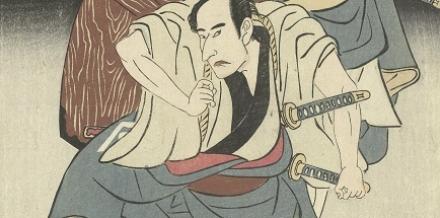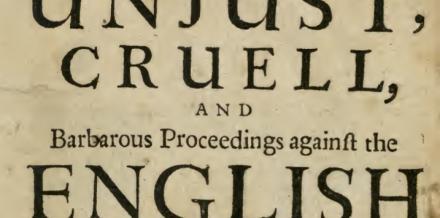Exhibits
The Amboyna conspiracy trial took place at a crucial moment in Global History as European overseas organizations like the Dutch and English East India Companies moved into Asia. But it is not simply a European story and the activities and decisions of a group of Japanese mercenaries are central to understanding what happened. The exhibits below will lead you through the background to the case, the key participants, the controversy over torture and the long aftermath of the trial.
Exhibits
Companies and Spices
The English and Dutch East India Companies were some of the most important organizations in global history. Founded in 1600 and 1602 respectively, the companies were created to break into the rich Asian trading environment. The Companies were also bitter rivals and their fight to secure control over the spice trade would provide the backdrop for the Amboyna conspiracy trial.
Japanese Mercenaries
Japanese mercenaries were crucial participants in the Amboyna conspiracy trial. The trial was sparked by the appearance of a Japanese mercenary, Shichizō, on the walls of Amboyna castle and ten Japanese mercenaries were executed on 9 March 1623 as a result of the trial. And yet despite their obvious importance, Japanese mercenaries have been largely neglected in accounts of what happened at Amboyna. This exhibit explores how Japanese mercenaries ended up on the walls of a remote fort in Southeast Asia.
Selling a Massacre
One of the main reasons why the Amboyna Conspiracy Trial has remained so controversial for so long was because it became the subject of a ferocious and sustained campaign of propaganda that was designed to influence public opinion on both sides of the Channel. English and Dutch writers competed to produce ever more inflammatory pamphlets that sought to damn their rivals as ruthless traitors intent on spilling innocent blood or immoral tyrants who had engaged in what was effectively judicial murder. These pamphlets turned the Amboyna Conspiracy Trial into a source of national outrage.





